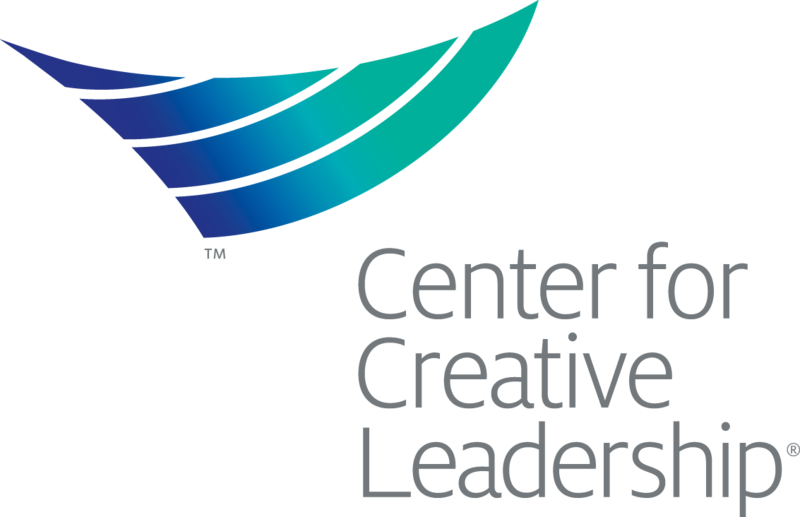ATD Blog
How to Instill a Culture of Learning Into Your Hybrid Workplace
Fri May 06 2022

The COVID-19 pandemic forced organizations around the world to adapt quickly to new ways of working. The rapid push for digital innovation and flexible work arrangements ushered in what would quickly become the “new normal”: the hybrid workplace.
While leaders have embraced and employees have expected this new way of working, it does require intentional planning and action to cultivate productive cultures that allow people and businesses to thrive. In fact, 61 percent of global executives believe the hybrid workplace will require a significant change in corporate culture.
A world of uncertainty and continuous disruption requires agility from individuals and organizations. To stay agile and innovative, you must take this opportunity to root your culture in learning.
Below are three ways to instill a culture of learning into your hybrid workplace to ensure that every employee in your organization has the tools and skills they need to take on future challenges.
1. Build Psychological Safety
High levels of psychological safety at work allow people to feel comfortable speaking up early and often, asking questions, and admitting mistakes. This sense of safety is the foundation for a culture of learning in which employees can challenge assumptions and grow together.
It’s important that positive risk taking and learning from “failures” is modeled throughout the ranks of your organization. The newness of the hybrid work model should offer plenty of opportunities for trial and error, experimentation, and discovery.
Encourage employees, especially senior leaders, to admit mistakes and share knowledge of their learnings with team members. As culture is driven by behaviors, it’s critical that your leaders exhibit the behaviors they want to see. Taking interpersonal risks and learning from those risks to achieve something greater shows that learning is valued, which helps to instill that mindset throughout the culture.
Transparent communication and open dialogue are also critical. Instead of attempting to show employees that everything is figured out, senior leaders should be candid that changes are a work in progress. Doing so leads to a strong culture in which groups are willing to listen, invite differing opinions, and learn together.
2. Foster Learning Agility
As navigating a hybrid workforce continues to take people out of their comfort zones, employees with learning agility skills are able to better adapt in uncertain environments.
Learning agility is a skill that can be developed. You can help your team members lean into an agile mindset by encouraging them to embrace the unfamiliar and stay curious as they challenge the norms of the past workplace. Prioritize developing skills that are important in the hybrid workplace (such as emotional intelligence) so that employees are better able to communicate and build relationships.
In the evolving hybrid workplace, there are many unknowns, so creating a culture rooted in learning and agility can help employees become better at adapting and responding to what comes next.
3. Prioritize Inclusive Learning
Learning and development opportunities often were reserved for senior leaders in an organization and those individuals deemed to have high potential. In today’s hybrid world of work in which talent is increasingly competitive, employees expect their employers to provide opportunities for them to grow their skills and progress their careers.
To show that your organization believes learning is for everyone, make development opportunities inclusive and accessible across the entire organization. Every company will have a unique approach for scaling learning, but regardless of the situation, delivery formats should be equitable and include asynchronous, virtual, face-to-face, self-paced, and social learning. Just as employees seek more flexibility in the workplace, they value an array of learning opportunities to meet the needs of different learning styles. Remember to ask for feedback and adjust your plans along the way.
Remember that a true learning culture provides support for learning, not only in the form of tools but also by encouraging leaders to allocate time for themselves and their teams to absorb, practice new skills, and share what they’re learning from their experiences. Be sure to treat learning as something that happens in the work and is also a key deliverable. This means you should set and reward learning goals for your team and supporting tactics such as giving permission to decline meetings when team members are engaged in learning experiences.
Build Your New Culture With Attention and Intention
Culture change doesn’t happen overnight, and shifting behaviors is difficult. To truly change the culture of your workplace, you must commit time and attention and see your organization for what it is: a collective force made up of individuals with unique needs you can provide for and potential you can help cultivate. When employees recognize that their organization values both individual and collective growth, you’ll foster a learning-forward culture and gain commitment from all team members.
Tools such as CCL Passport® can provide your organization with a comprehensive, adaptable, and tailored leadership development solution, allowing you to achieve concrete business results and drive an inclusive culture of learning with scalable solutions.

